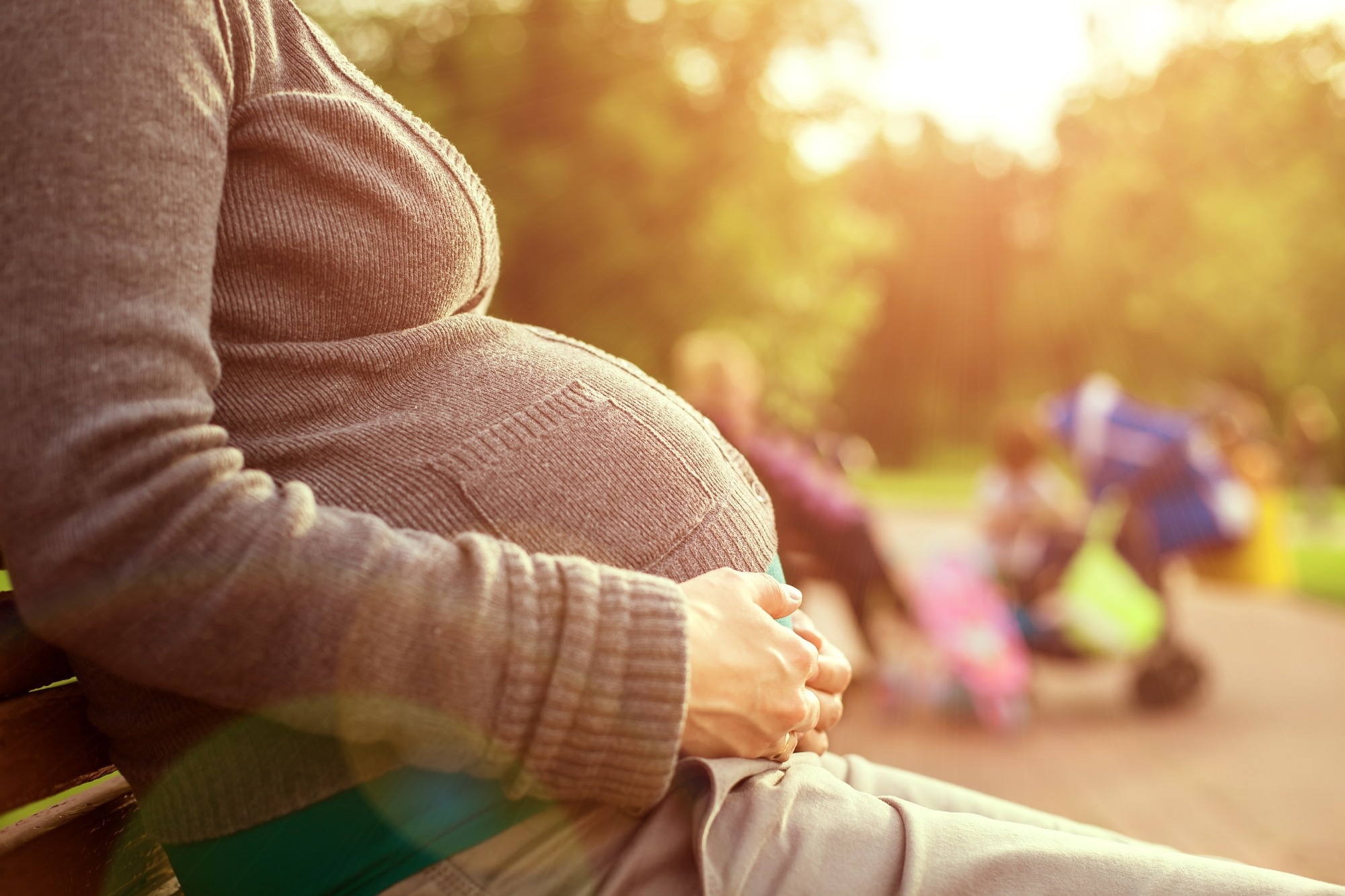In a recent study posted to the medRxiv* preprint server, researchers estimated the trends and prevalence of coronavirus disease 2019 (COVID-19) among postpartum and pregnant individuals in Maine, United States (U.S.), based on pregnancy conditions and rurality of residence.
 Study: COVID-19 Prevalence and Trends Among Pregnant and Postpartum Individuals in Maine by Rurality and Pregnancy Conditions. Image Credit: Coffeemill/Shutterstock.com
Study: COVID-19 Prevalence and Trends Among Pregnant and Postpartum Individuals in Maine by Rurality and Pregnancy Conditions. Image Credit: Coffeemill/Shutterstock.com

 *Important notice: medRxiv publishes preliminary scientific reports that are not peer-reviewed and, therefore, should not be regarded as conclusive, guide clinical practice/health-related behavior, or treated as established information.
*Important notice: medRxiv publishes preliminary scientific reports that are not peer-reviewed and, therefore, should not be regarded as conclusive, guide clinical practice/health-related behavior, or treated as established information.
Background
The etiological agent of COVID-19, severe acute respiratory syndrome coronavirus 2 (SARS-CoV-2), has claimed over a million lives in the U.S.
Along with other comorbidities such as cardiovascular conditions and diabetes, pregnancy conditions such as hypertensive disorders of pregnancy, prenatal depression, and gestational diabetes mellitus are thought to increase the risk of COVID-19 and adverse sequelae.
Although the information about COVID-19 risk during the postpartum period is scarce, the period spanning about six months from the birth of the infant is a high-risk period for the mother.
Furthermore, pregnant individuals and postpartum mothers residing in rural areas could be at a higher risk of COVID-19 due to lower vaccination rates and lower adherence to disease mitigation measures such as social distancing and mask-wearing.
About the study
In the present study, the researchers chose the state of Maine in the U.S. to estimate the prevalence of COVID-19 and trends in diagnosis during pregnancy and the postpartum period since Maine is the second most rural U.S. state, with close to 60% of the population residing in rural areas.
The medical records between 2020 and 2021 from the All-Payer Claims Data, which is part of the Maine Health Data Organization, were used to identify the medical claims of all individuals who had live birth or stillbirth deliveries.
Additionally, data on professional medical claims and inpatient or outpatient records were used to define a COVID-19 diagnosis during pregnancy and postpartum. The study was conducted between April 2020 and June 2021 to cover the first full month since the declaration of public health emergency in Maine.
The analyses were stratified according to rural and urban regions and common pregnancy-associated comorbidities such as hypertensive disorders of pregnancy, prenatal depression, and gestational diabetes mellitus.
Results
The results reported that the prevalence of COVID-19 among pregnant individuals or in the first six months of postpartum increased during the pandemic.
Among pregnant individuals, the trends of COVID-19 diagnosis differed significantly between rural and urban areas, with urban residents exhibiting a steeper increase during the early months of the pandemic and the COVID-19 incidence increasing later in the rural areas.
In contrast, among individuals in the postpartum period, the trends indicated a steeper increase in the rural areas during the pandemic.
When the trends were analyzed according to common pregnancy-associated conditions, the findings indicated that among pregnant individuals with prenatal depression, the trends were flat until December 2020, post which they increased steeply, while pregnant individuals without prenatal depression experienced a steady but moderate increase in COVID-19 incidence.
There was no difference in COVID-19 diagnosis trends between pregnant individuals who had and did not have hypertensive disorders of pregnancy or gestational diabetes mellitus.
Among postpartum individuals, prenatal depression was associated with a steeper increase in COVID-19 diagnoses, but individuals without hypertensive disorders of pregnancy or gestational diabetes mellitus experienced a steeper increase in COVID-19 diagnoses than individuals with these pregnancy conditions.
Conclusions
The study assessed the trends in COVID-19 diagnoses among pregnant or postpartum individuals residing in Maine, U.S., based on urban and rural areas and pregnancy conditions.
Overall, the results indicated that COVID-19 diagnoses varied distinctly among pregnant or postpartum individuals based on the rurality of residence and pregnancy conditions.
These findings can be used to determine the impact of the COVID-19 pandemic on mothers and infants and formulate future vaccination and health-related policies.

 *Important notice: medRxiv publishes preliminary scientific reports that are not peer-reviewed and, therefore, should not be regarded as conclusive, guide clinical practice/health-related behavior, or treated as established information.
*Important notice: medRxiv publishes preliminary scientific reports that are not peer-reviewed and, therefore, should not be regarded as conclusive, guide clinical practice/health-related behavior, or treated as established information.
- Preliminary scientific report.
Grantham, C. et al. (2023) "COVID-19 Prevalence and Trends Among Pregnant and Postpartum Individuals in Maine by Rurality and Pregnancy Conditions". medRxiv. doi: 10.1101/2023.04.21.23288878. https://www.medrxiv.org/content/10.1101/2023.04.21.23288878v1
Posted in: Child Health News | Medical Science News | Medical Research News | Women's Health News | Disease/Infection News
Tags: Coronavirus, Coronavirus Disease COVID-19, covid-19, Depression, Diabetes, Diabetes Mellitus, Gestational Diabetes, Pandemic, Pregnancy, Prenatal, Prenatal Depression, Public Health, Respiratory, SARS, SARS-CoV-2, Severe Acute Respiratory, Severe Acute Respiratory Syndrome, Stillbirth, Syndrome
.jpg)
Written by
Dr. Chinta Sidharthan
Chinta Sidharthan is a writer based in Bangalore, India. Her academic background is in evolutionary biology and genetics, and she has extensive experience in scientific research, teaching, science writing, and herpetology. Chinta holds a Ph.D. in evolutionary biology from the Indian Institute of Science and is passionate about science education, writing, animals, wildlife, and conservation. For her doctoral research, she explored the origins and diversification of blindsnakes in India, as a part of which she did extensive fieldwork in the jungles of southern India. She has received the Canadian Governor General’s bronze medal and Bangalore University gold medal for academic excellence and published her research in high-impact journals.
Source: Read Full Article